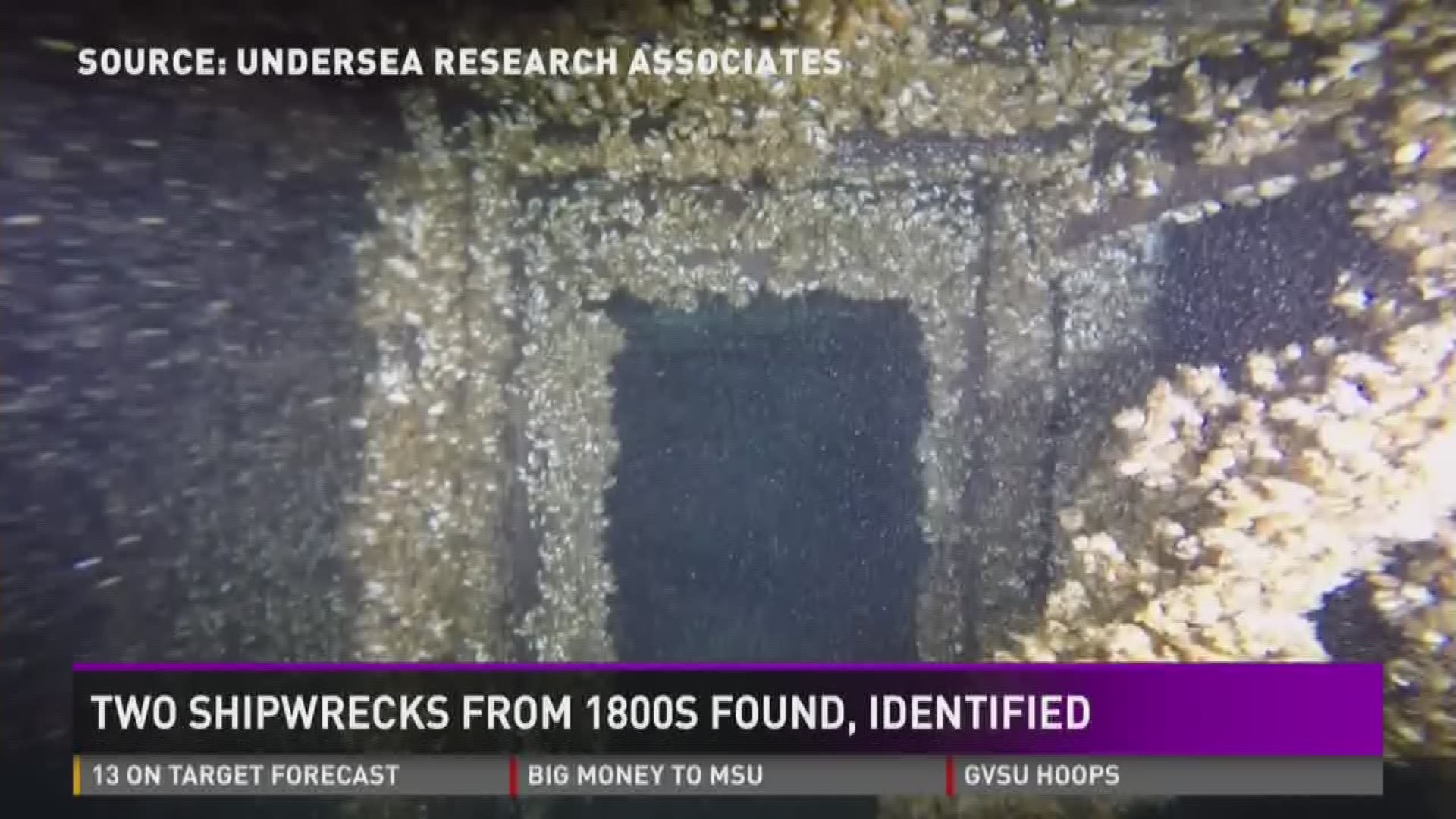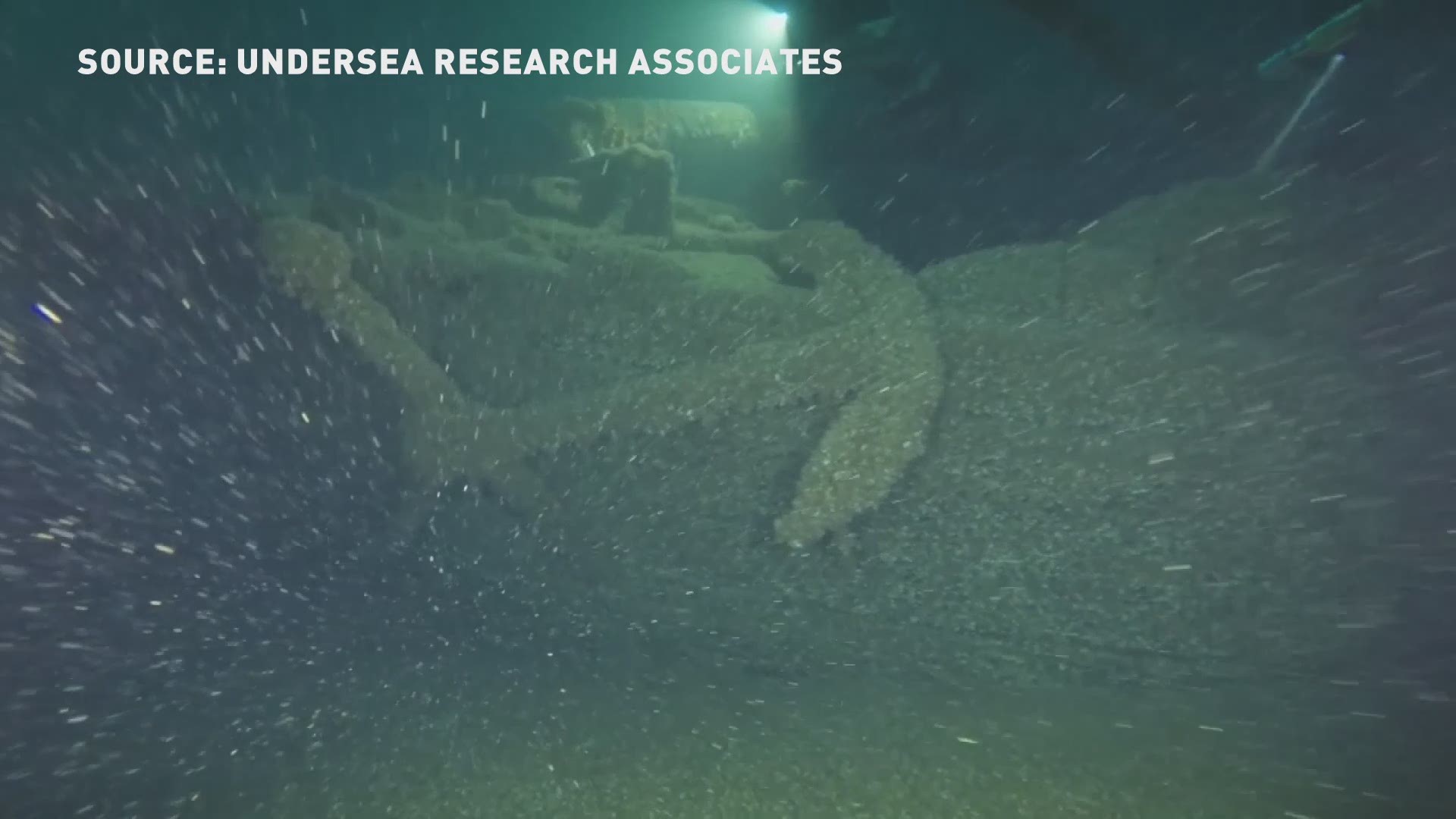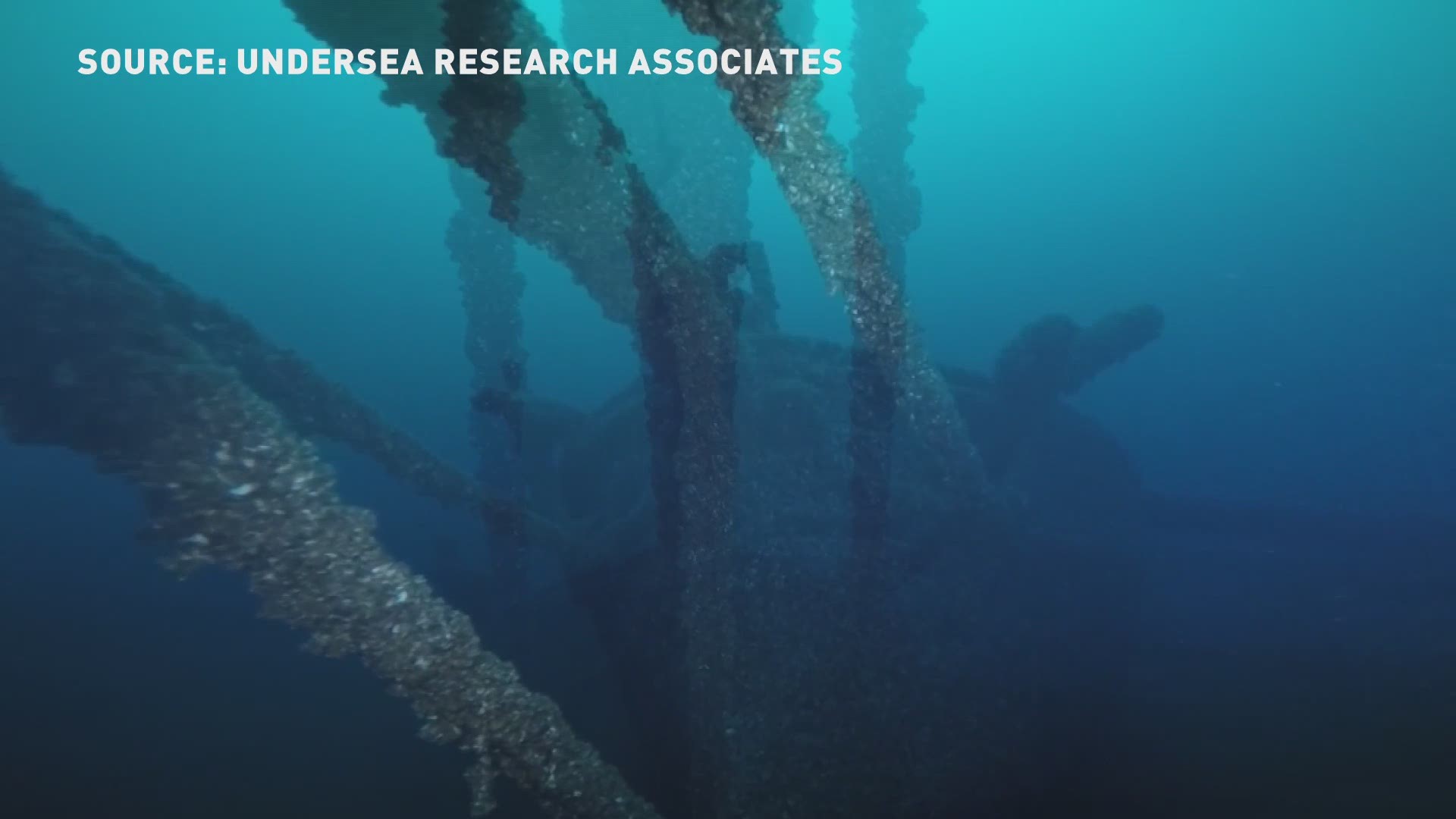The Great Lakes are loaded with shipwrecks. Thousands have been discovered over the years but, at the same time, there are still thousands hiding in the deep still awaiting discovery.
Two schooners that foundered on Lake Huron back in the late 1800s have each remained Michigan maritime mysteries for well over a century, until they were both recently discovered by renowned shipwreck hunter, David Trotter.
“Each Vessel lost is a unique piece of history,” said Trotter, who has been the first to locate more than 90 Great Lakes shipwrecks during his 40 years of searching. “They represent a time period that you can only go back to when you leave the surface and descend down to the deck of the wreck.”
The schooners Trotter discovered are the Venus and the Montezuma.
The Venus was a two-mast schooner, 122.8-feet long and a beam of 27.1 feet. She was built in 1872, and worked the Great Lakes shipping lanes for 15 years before she foundered in a gale storm on Lake Huron, taking all hands with her, on October 4, 1887.
Six lives were lost aboard the Venus.
“We discovered the Venus in May 2014,” said Trotter, who is the founder and owner of Undersea Research Associates. “The Venus had been on my bucket list for quite a while.”
Trotter says his search area for the Venus was 40 miles off the coast of Pointe Aux Barques, Michigan, which is near the thumb. Once an image appeared on his side-scan sonar, Trotter sent three divers down to the treacherous depth of nearly 300-feet to check it out.
“Typically, it’s quite difficult to immediately identify schooners,” said Trotter. “But as soon as my divers touched down on the deck, and saw several grindstones scattered around, we knew we had found the Venus.”
Trotter knew from reading historical records that the Venus was the only schooner on Lake Huron that sank transporting a load of grindstones.
“The Venus is in amazing condition for a ship that sank 130 years ago,” added Trotter. “Often times when a ship containing heavy cargo sinks, it dismantles when it impacts the lake bottom, but fortunately that didn’t happen to the Venus.
“In this instance, the ship is amazingly intact. The cabin structure is still upright and present. Our divers were able to swim along the rails of the ship, which were also intact. The decking is in place, and so is the anchor which is still attached near the bow.”
Trotter says he sat on his discovery of the Venus for two years because he was busy finding other wrecks, including the infamous Hydrus, which sank in Lake Huron during the Great Storm of 1913. Trotter’s crew was able to dive the Venus again earlier this past summer, with the second mission designed to obtain clearer video footage of the wreck.
“We hope to dive her [Venus] again and continue exploring the interior of the cabin, where we suspect many artifacts from that time period can be found,” said Trotter.
In June 2016, Trotter and his team of skilled divers found another wreck – the schooner Montezuma, which went down in Lake Huron October 3, 1871. The Montezuma was built in Cape Vincent, New York in 1848. Her dimensions were 123-feet long with a beam of 25.1.
“We were excited about finding [the Montezuma] because she was one of the earliest-built vintage schooners of the time period,” said Trotter.
Trotter says he and his team were searching in Lake Huron about 35 miles east of Oscoda, Michigan, when an image appeared on the side-scan sonar in an approximate depth of 170 feet. Trotter's team of divers descended to the wreck site and began exploring.
It took longer to identify the Montezuma than it did the Venus.
"Some of the historical records indicated that the Montezuma had three masts, but we only located two masts," said Trotter. "With some very good descriptions in historical newspapers about the collision [with the Hattie Johnson], we were able to locate the damage, then make a confident identification that the vessel was in fact the Montezuma."
The Montezuma sank on October 3, 1871. A heavy haze, caused by enormous fires that were burning near the area, had covered portions of Lake Huron, making visibility nearly impossible. Despite the conditions, the shipping lanes in Lake Huron remained open and active.
According to historical records, the schooner Hattie Johnson was traveling two points off her course when suddenly a green light of the Montezuma appeared across her bow. The Johnson struck the Montezuma just forward of the main rigging with such force, the Montezuma nearly split in half. As the Montezuma was sinking, its crew abandoned ship and went aboard the Hattie Johnson, which sustained some damage, but wasn't sinking.
The Johnson dropped anchor and waited for a tug to two her back to port.
"The Montezuma is a great, intact piece of history, despite the impact area of the collision," said Trotter. "Many times, the bottom of the lake is hard, or while sinking, ships hit at a particular angle and they literally explode and dismantle themselves.
"That didn't happen with the Montezuma, which allowed our dive team to capture some stunning imagery."
Trotter says he thrilled to be able to go public with these two discoveries, and to be able to share the raw footage his divers were able to collect during the respective expeditions.
"Each vessel lost in the Great Lakes is a unique piece of history," added Trotter. "They represent a time period that you can only go back to when you leave the surface and descend down onto that shipwreck."
David Trotter's shipwreck discoveries have been featured on the Discovery Channel, PBS, NBC, The New York Times, Detroit News and the Detroit Free Press, just to name a few. Over the past 30 years, he's surveyed well over 2,500 square miles of Lake Huron.
His solving of many of Michigan's maritime mysteries has been recognized as some of the most important historical and archaeological discoveries in Great Lakes' maritime history.
Trotter travels throughout Michigan and conducts symposiums about his wreck hunting. if you're interested in attending one, he asks that you email him directly - dltrotter@msn.com.



